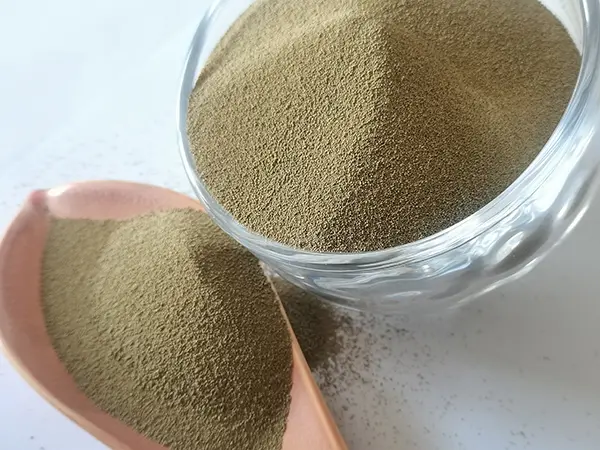The Wonders of Supersands A Journey Through an Enchanted World
In a world abundant with natural wonders, the concept of supersands stands out as a remarkable phenomenon that captivates our imagination. Supersands can be described as a unique form of sand that has been transformed by natural forces, rich in color, texture, and intriguing properties. These dazzling grains hold stories from the Earth’s history and offer insights into the complex interactions of our planet's geology and ecology. This article takes you on an enchanting journey through the world of supersands, exploring their origins, varieties, and the enchanting landscapes they inhabit.
Origins of Supersands
The story of supersands begins millions of years ago, during times when ancient oceans were teeming with life. Over time, the shells of marine organisms and the minerals washed down from mountains began to combine with sand particles, creating a rich, layered tapestry of geological materials. This process is facilitated by natural phenomena such as erosion, sedimentation, and the relentless action of wind and water. As a result, supersands are not merely grains of sand; they are an intricate blend of biological and geological history.
Varieties of Supersands
Supersands come in various forms, each with its unique characteristics and beauty. For instance, the striking red sands of Sedona, Arizona, owe their vibrant hue to iron oxide deposits. These fine-grained particles create a stunning backdrop of red rock formations that attract artists and nature lovers alike.
On the other hand, the black sands found on the beaches of Hawaii are a result of volcanic activity, where lava erupts and cools rapidly, shattering into fine particles. These beaches offer a striking contrast to the bright blue waters of the Pacific Ocean and draw tourists eager to experience their unique beauty.
Further, there are the pristine white sands of the Maldives, reminiscent of powdered sugar, which are composed primarily of coral fragments and shells. This location presents a perfect blend of relaxation and stunning scenery, contributing to its status as a tropical paradise.
supersands

The Ecological Importance of Supersands
Beyond their aesthetic appeal, supersands play a vital role in the environment. They serve as habitats for numerous organisms, from tiny crustaceans to seabirds, ensuring the biodiversity of coastal ecosystems. The sandy beaches also act as natural barriers, protecting inland areas from storm surges and erosion. Moreover, the unique mineral composition of different supersands contributes to soil health, supporting plant growth and agriculture in surrounding areas.
For instance, the coral sand found in certain regions of the Caribbean enriches the coastal soil, which in turn supports mangroves and other vital coastal flora. These plants are essential for maintaining the health of marine ecosystems and mitigating the effects of climate change by absorbing carbon dioxide from the atmosphere.
Challenges and Conservation
Unfortunately, the beauty and ecological importance of supersands face significant threats from human activities. Coastal erosion, pollution, and unsustainable tourism practices are jeopardizing these magnificent environments. Over-extraction of sand for construction and industrial purposes is also a growing concern, as it disrupts natural habitats and leads to the loss of biodiversity.
Conservation efforts are underway in many regions to protect these fragile ecosystems. Local communities and conservationists are working together to promote sustainable tourism practices, raise awareness about the importance of preserving supersands, and implement policies aimed at reducing pollution and protecting coastal habitats.
Conclusion
Supersands are more than just grains of sand; they are a testament to the Earth's dynamic processes and a symbol of the beauty and complexity of nature. As we explore the enchanting landscapes they create, we are reminded of our responsibility to protect these treasures. By appreciating the wonders of supersands and supporting conservation efforts, we can ensure that future generations will also have the opportunity to experience the magic they hold. Whether you are walking along the vibrant red sands of Sedona, the striking black shores of Hawaii, or the powdery white beaches of the Maldives, remember that each grain tells a story of our planet's history and the intricate web of life that depends on it.
Post time:oct. . 11, 2024 12:55
Next:sand casting suppliers
